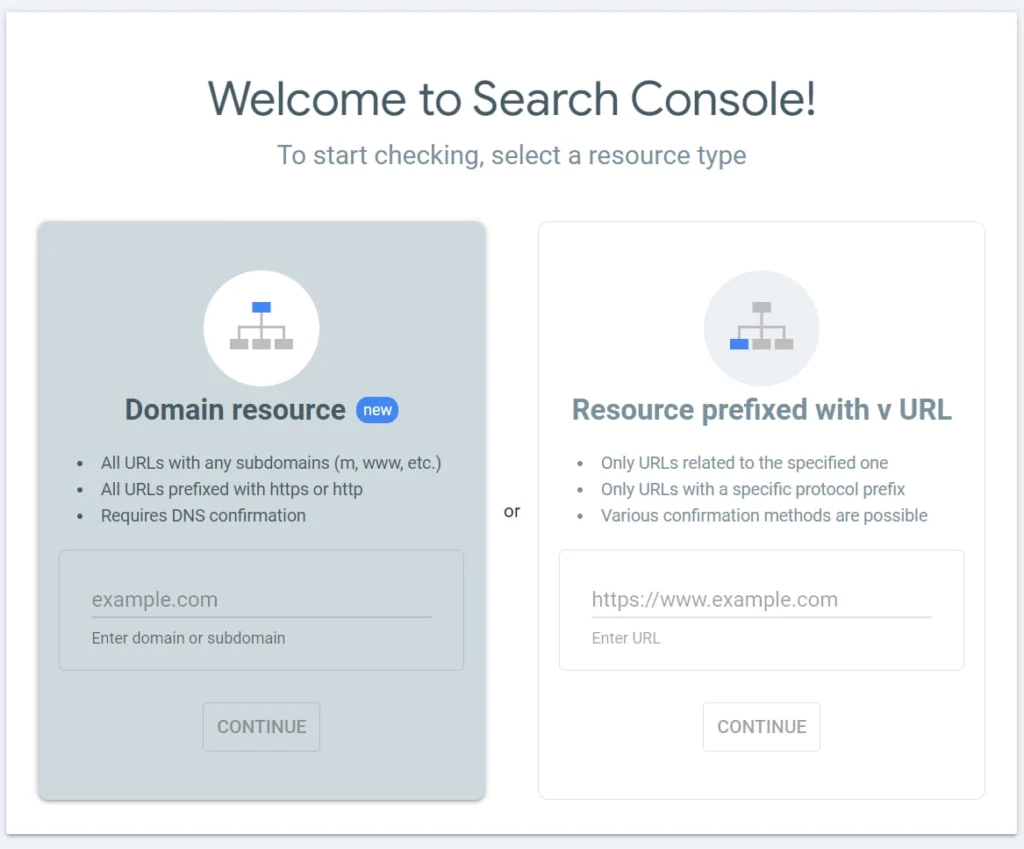So, you’ve built a fantastic website, filled it with engaging content, and now you’re ready for the world to see it. But there’s one problem: it’s not showing up on Google. Don’t worry; learning how to get your website to show up on Google is a common challenge, but it’s one that you can overcome with the right steps. Here’s a detailed walkthrough to assist you in gaining visibility for your website on Google.
1. Understand Google's Crawling and Indexing
Before diving into the steps, it’s essential to understand how Google works. Google uses bots called “spiders” or “crawlers” to explore the web and index content. These bots scan websites, follow links, and index pages in Google’s massive database. When someone searches for a term, Google’s algorithms sift through this index to deliver the most relevant results.
2. Add Your Website to the Google Search Console
To get your website recognized by Google, you’ll need to use Google Search Console, a free tool that helps you monitor and maintain your site’s presence in Google search results.
Here’s how to get started:
- Sign Up for Google Search Console: go to the Google Search Console website and set up your account.
- Add Your Website: Click the “Add Property” button and enter your website’s URL.
- Verify Ownership: Google will require you to verify that you own the website. You can do this by:
- Adding a meta tag to your site’s HTML
- Uploading an HTML file to your site
- Using your domain provider for verification
- Submit Your Sitemap: Once your ownership is verified, you can use Search Console to submit your sitemap and monitor your website’s performance.
3. Create and Submit a Sitemap
A sitemap is a document that enumerates every page within your website. It helps Google understand the structure of your site and find all your content. Creating a sitemap is relatively straightforward, especially if you use platforms like WordPress, which have plugins that can do this for you.
- Create a Sitemap: Use a sitemap generator or a plugin like Yoast SEO to create your sitemap.
- Submit the Sitemap to Google: Go to the Google Search Console, navigate to the “Sitemaps” section, and enter the URL of your sitemap.
4. Optimize Your Website for SEO
Search Engine Optimization (SEO) is crucial for improving your website’s visibility on Google. Here are some key SEO practices:
- Keyword Research: Use tools like Google Keyword Planner, Ahrefs, or SEMrush to discover keywords that are highly relevant to your content and target audience. Emphasize identifying keywords that have significant search volume yet face minimal competition.
- Quality Content: Develop content that is valuable, informative, and engaging to meet the needs of your audience. Regularly update your material to maintain its freshness and relevance.
- On-Page SEO: Optimize your website’s titles, meta descriptions, headers, and URLs using your target keywords. Make sure your site is mobile-friendly and loads quickly.
- Internal Linking: Create links to other relevant pages on your website to help Google understand the relationships between your content and to improve user navigation.
For a more tailored and effective SEO strategy, consider consulting with our expert SEO services. Our team of professionals will analyze your website, identify areas for improvement, and implement strategies to boost your search engine rankings.
5. Build Backlinks
Backlinks are links that originate from other websites and point to your site. They signal to Google that your content is trustworthy and authoritative. Here are some ways to build backlinks:
- Guest Posting: Write articles for other blogs and include links back to your site.
- Outreach: Reach out to influencers and other websites in your niche and ask them to link to your content.
- Content Marketing: Create high-quality, shareable content such as infographics, videos, and blog posts that others will want to link to.
6. Monitor and Analyze Your Performance
Utilize Google Analytics and Google Search Console to track and evaluate your website’s performance. Track essential metrics such as organic traffic, bounce rate, and keyword rankings. By analyzing this data, you can identify what’s effective and pinpoint areas that need enhancement.
- Google Analytics: Set up Google Analytics to track visitor behavior, traffic sources, and more.
- Google Search Console: Regularly check for any crawl errors, security issues, and indexing problems.
7. Be Patient and Consistent
Getting your website to show up on Google takes time and consistent effort. SEO requires continuous effort rather than being a one-time activity. Keep creating quality content, optimizing your site, and building backlinks. Over time, you’ll see your efforts pay off as your website climbs the search engine rankings.
Learning how to get your website to show up on Google is a crucial step in growing your online presence. By following these steps—submitting your site to Google Search Console, creating a sitemap, optimizing for SEO, building backlinks, and consistently monitoring your performance—you can improve your chances of ranking higher in search results. Keep in mind that SEO is about endurance, not speed. Stay patient and persistent, and you’ll see your website rise in the ranks.





